The Downlink • Sep 25, 2020
We’re over the Moon for… well, for the Moon!
Space Snapshot
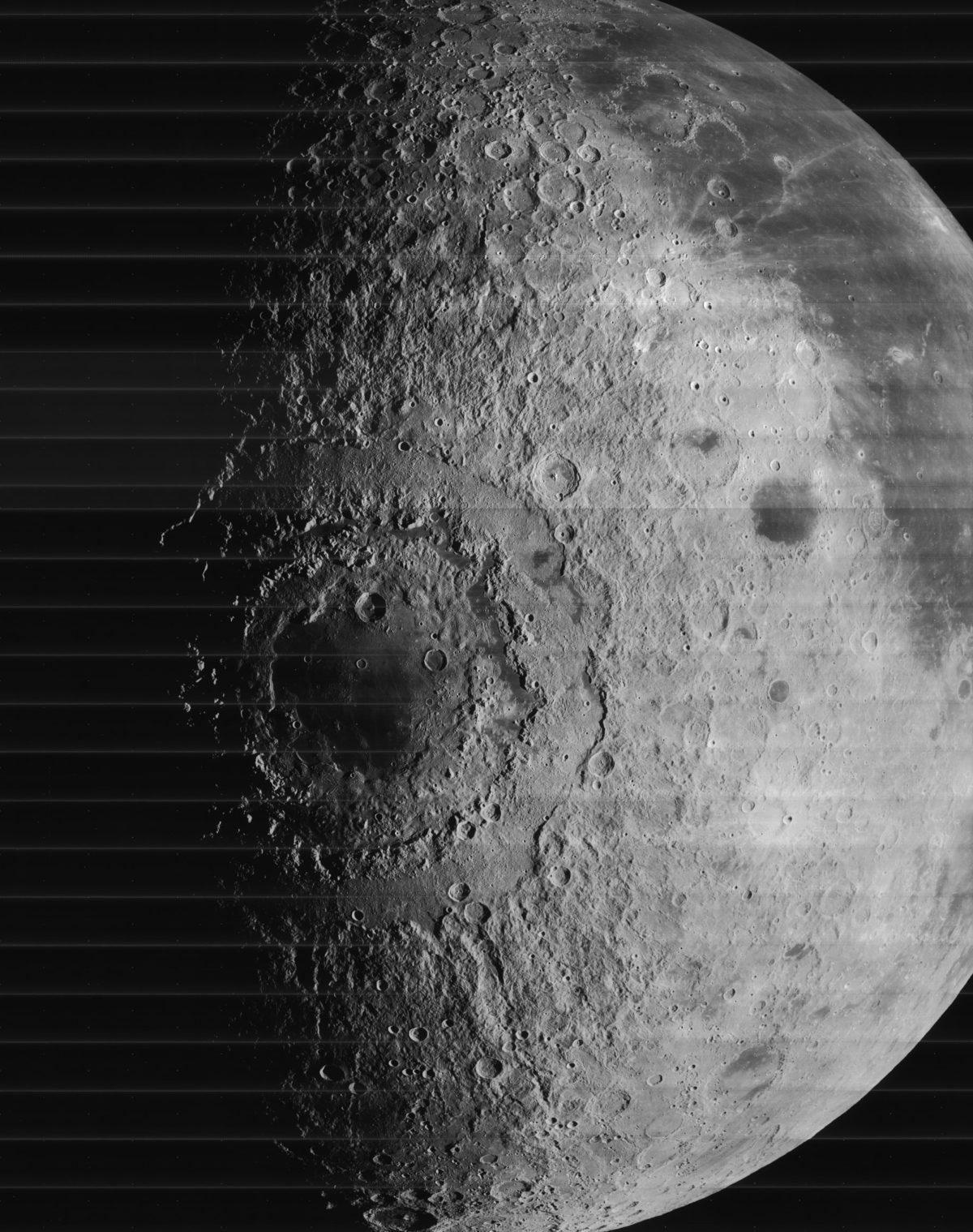
What is this alien world? Believe it or not, it’s our very own Moon. International Observe the Moon Night takes place this Saturday, 26 September. Whether by using a telescope, taking photos of the night sky, joining a virtual event, learning about our planet’s natural satellite, looking at images of the Moon, or just going outside and looking up, there are lots of ways you can join in on the lunacy. Plus, we’ve put together an explanation of the fascinating phenomenon of why the Moon appears upside down or even sideways depending on where you are and what time it is. Image credit: NASA Lunar Orbiter IV.
You love space, now take action
This weekly newsletter is your toolkit to learn more about space, share information with your friends and family, and take direct action to support exploration. Anyone can subscribe at planetary.org/connect to receive it as a weekly email.
Mission Briefings
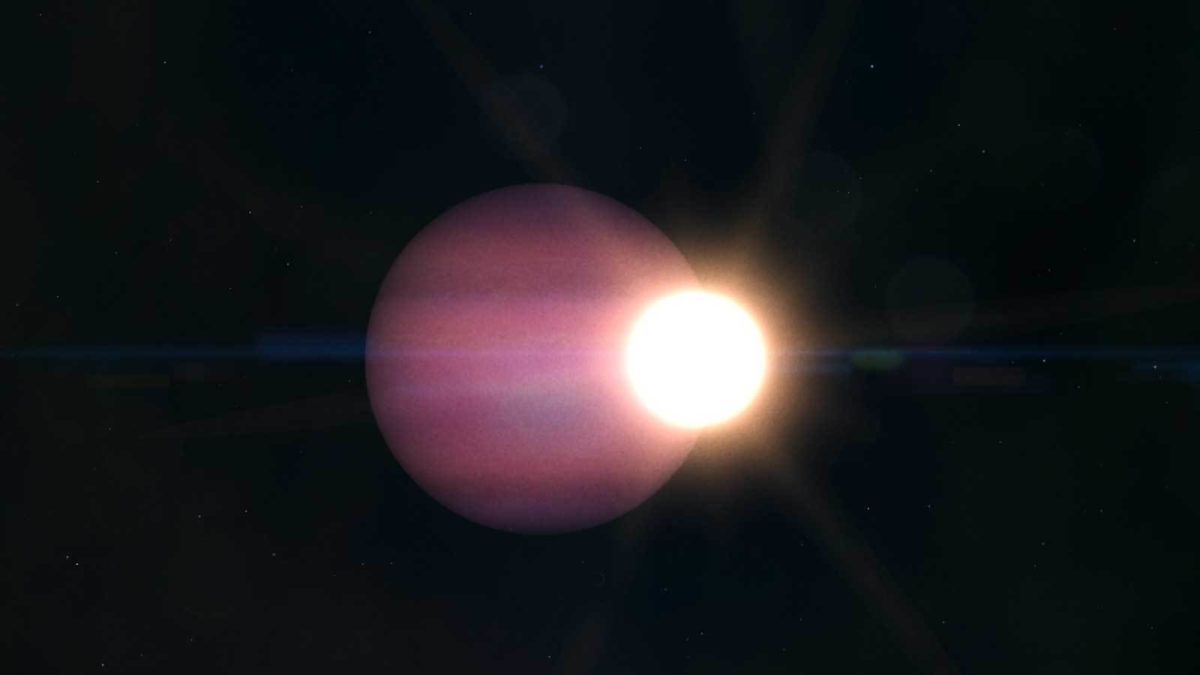

Astronomers have for the first time found a planet closely orbiting a star that died long ago. The Jupiter-sized world called WD 1856b would have been destroyed had it been in its current location, since the star swelled into a red giant before shrinking to its current size. WD 1856b likely formed farther away and was nudged inward by the gravities of other planets or stars. Learn how and why we study exoplanets. Pictured: An artist’s concept of WD 1856b and its host star. Image credit: NASA/JPL-Caltech/NASA's Goddard Space Flight Center.

NASA’s OSIRIS-REx mission is continuing to uncover surprises at asteroid Bennu. First up: scientists have a more detailed explanation of why Bennu regularly throws small rocks into space. Most of these so-called particle ejections happen in the asteroid’s late afternoon and likely come from rocks cracking after baking in the Sun all day. Another possibility is meteoroid impacts, but we think it’s more fun to imagine that asteroids just like blowing off some steam for happy hour.

Also in OSIRIS-REx news: there are pieces of asteroid Vesta on Bennu. OSIRIS-REx found some bright boulders containing pyroxene, a mineral that requires high temperatures to form and likely came from the collision between 2 objects that originally formed Bennu. One of those objects may have been a Vestoid, which—as you may have guessed—is a class of asteroids that come from Vesta. The asteroid belt is a messy place.

NASA has doubled down on their plans to have humans land near the Moon’s south pole in 2024. In an update and media briefing, officials said Artemis I, the first Space Launch System flight that will blast an uncrewed Orion capsule to lunar orbit and back, remains on schedule for next year. The crewed Artemis II mission is scheduled for 2023, followed by the Artemis III lunar landing in 2024. Learn more about Artemis here.

Correction: In last week’s Downlink we mistakenly said Japan’s Hayabusa2 spacecraft would fly by asteroid 2001 CC21 three times before arriving at asteroid 1998 KY26 in 2031. Hayabusa2 will in fact fly by asteroid 2001 CC21 once in 2026 and Earth two times in 2027 and 2028 before arriving at asteroid 1998 KY26 in 2031.
From The Planetary Society
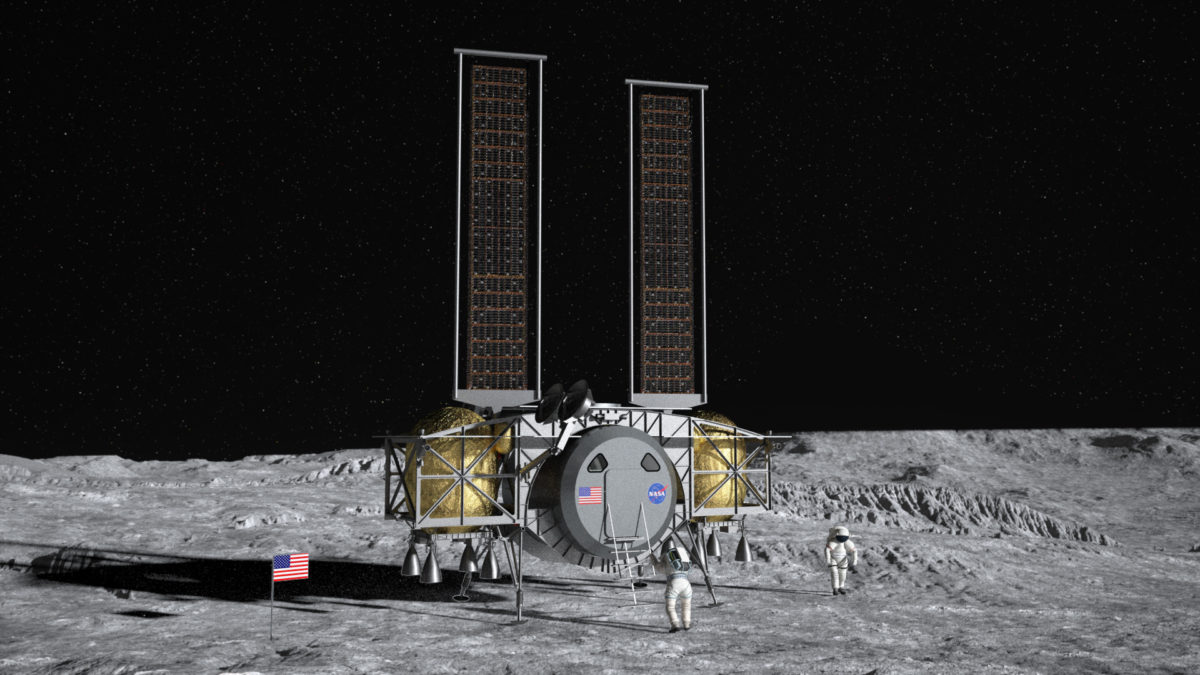

American advocates, NASA needs your help! The U.S. House of Representatives recently proposed to freeze NASA's funding in 2021. We’re calling on you to urge your senators to reject this idea and to continue growing NASA's investments in the nation's high-skilled manufacturing, technical, and scientific workforce. We’ve already prepared a letter for you, and all you need to do is fill out a quick and easy form to send it to your senators. We know there's a lot going on right now, but the wheels of government continue to turn. Thank you for your help in this difficult time. Pictured: An artist's concept of a component of NASA’s plans to return humans to the Moon. Image credit: Dynetics.

The U.S. Congress wishes us all a happy anniversary. Representatives of the United States Congress acknowledged the importance of The Planetary Society this week by introducing a formal resolution recognizing our 40th anniversary. The congressional resolution commends The Planetary Society for “introduc[ing] people to the wonders of the cosmos by bridging the gap between the scientific community and the general public to inspire and educate people from all walks of life.”

With the September equinox comes the latest issue of The Planetary Report. This issue celebrates The Planetary Society’s 40th anniversary, looking back at how much has changed since our founding in 1980 along with an essay from a budding young explorer, a history of space exploration and advocacy over the past 40 years, and much more. Planetary Society members receive the magazine in the mail, but everyone can read it for free online.

After 19 years at The Planetary Society, our Solar System Specialist Emily Lakdawalla is saying farewell. Many of you have known her for her articles about space science and exploration, her book on NASA’s Curiosity rover, her appearances on Planetary Radio and at live events, and her social media presence. As she moves on to the next chapter in her career, she says goodbye (but not forever) to those who have appreciated her work over the years.
What's Up
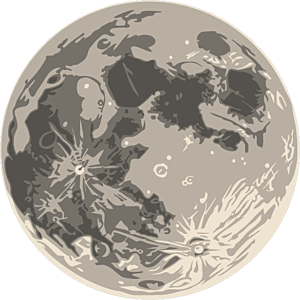
Now is a great time to look at the Moon through a telescope or binoculars. In its waxing crescent phase, the Moon is illuminated in such a way that stark shadows are cast in its craters, making them particularly beautiful to observe. Jupiter, Saturn, and Mars still greet observers in the evening sky, with Venus shining bright in the pre-dawn.
Join Bill Nye for the Perseverance Rover Landing!
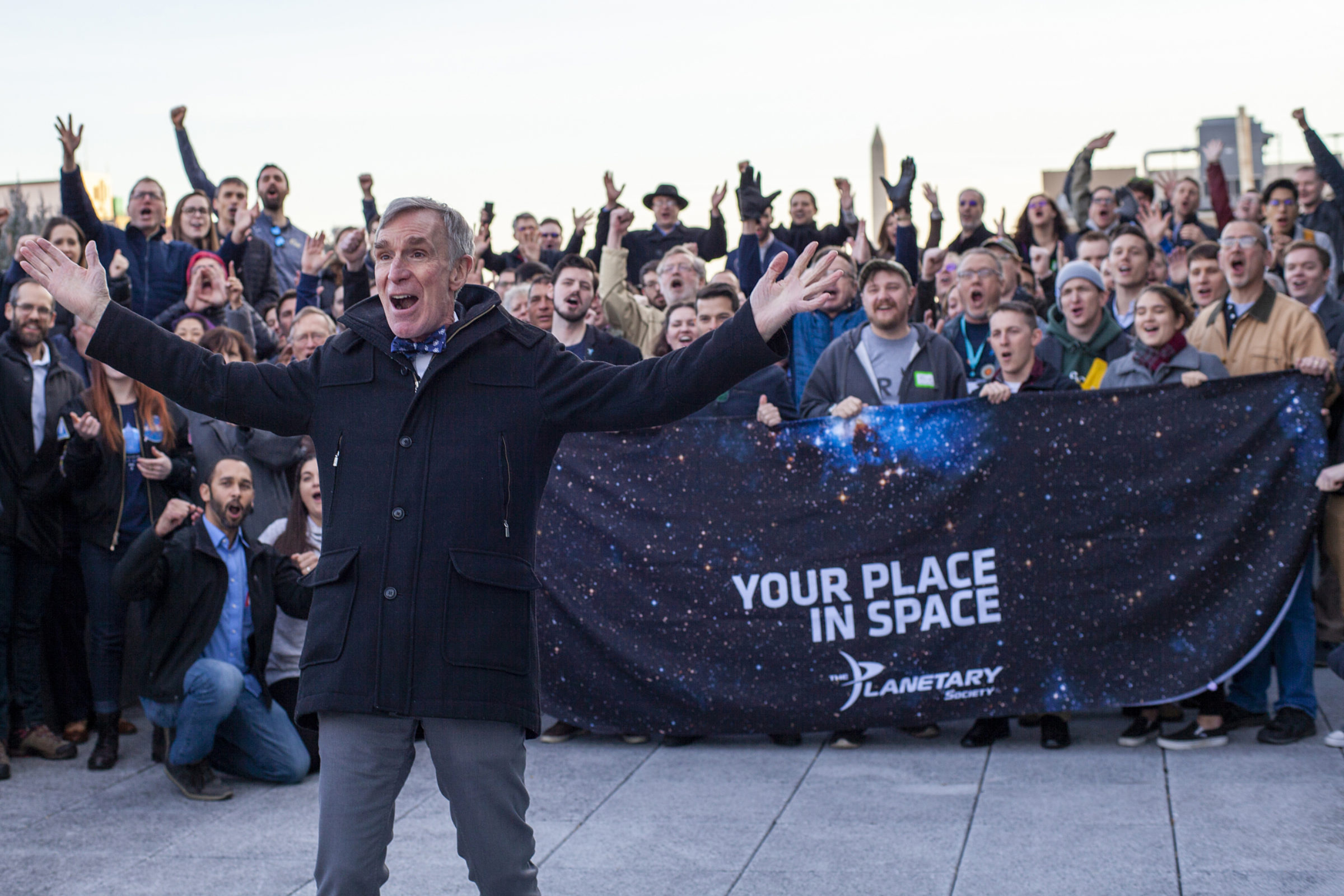
Witnessing a space milestone like a launch or landing is great, but it’s even better when you can watch it with one of your heroes! We’re partnering with Omaze to send one winner to Los Angeles to join Planetary Society CEO Bill Nye at a highly exclusive event to hear his commentary during Perseverance’s monumental landing on 18 February 2021. Learn more and sign up here! Note: We’re monitoring all travel restrictions and safety recommendations, and we’ll provide updates accordingly.
Wow of the Week

If you’ve got blue-and-red 3D glasses tucked away somewhere, now’s the time to get them out. This image of the lunar nearside was created using images from NASA’s Lunar Reconnaissance Orbiter Camera, combined and color-adjusted to make a 3D image. You can see the moon virtually another way by using NASA’s interactive 3D lunar model. Image credit: NASA/GSFC/Arizona State University.
Do you have a suggestion for the Wow of the Week? We’re looking for space-related art, music, gadgets, quotes, fashion, burning questions, brief sci-fi passages, or anything else that will make our readers go “Wow!” Send us your idea by replying to any Downlink email or writing to [email protected], and please let us know if you’re a Planetary Society member.


 Explore Worlds
Explore Worlds Find Life
Find Life Defend Earth
Defend Earth

